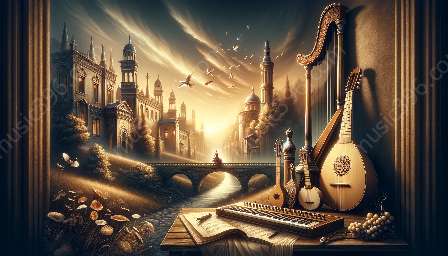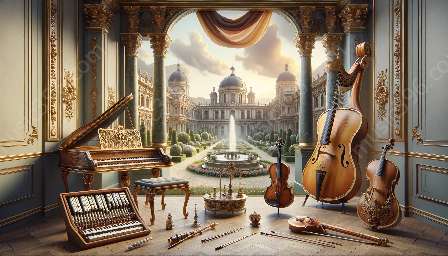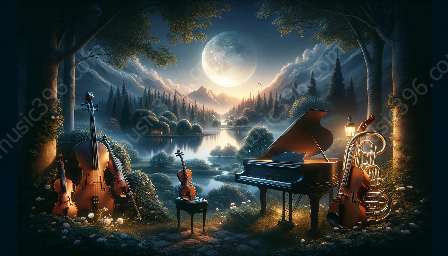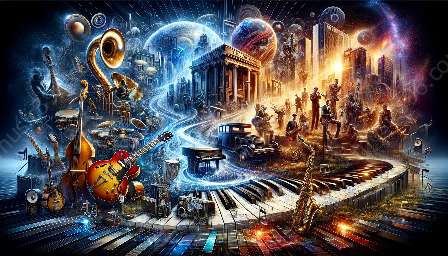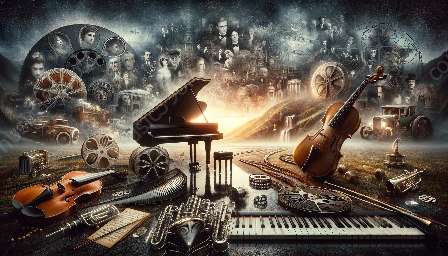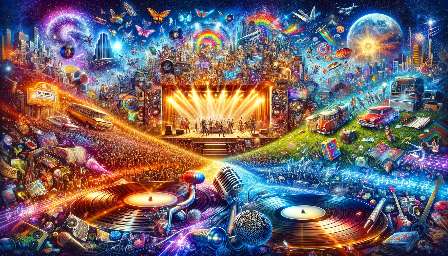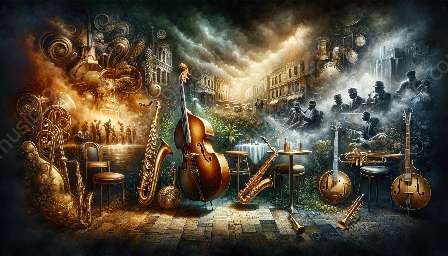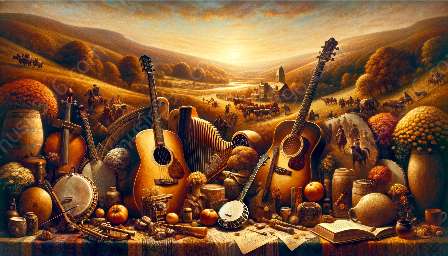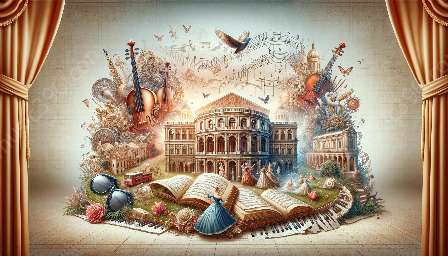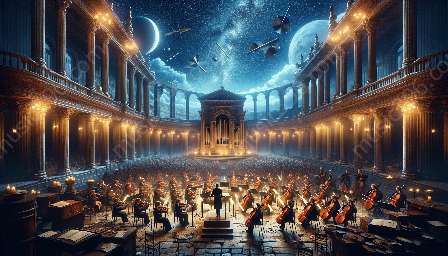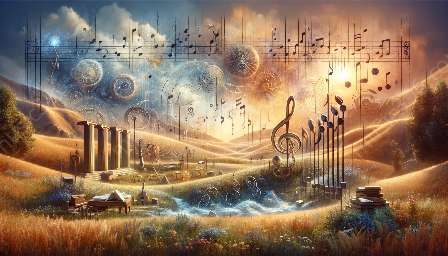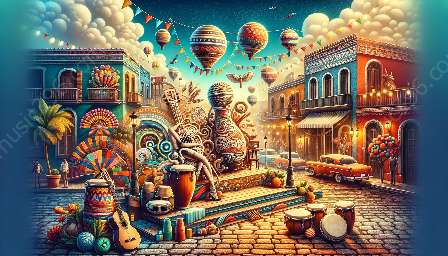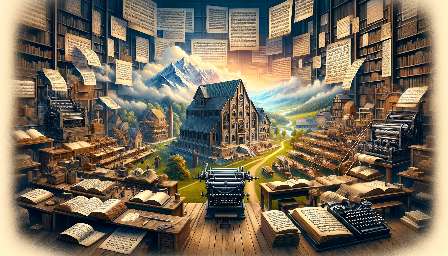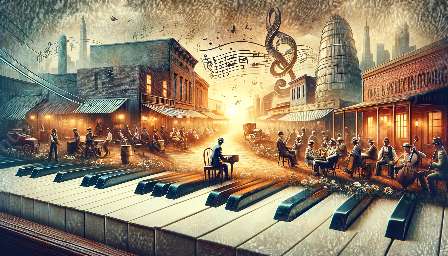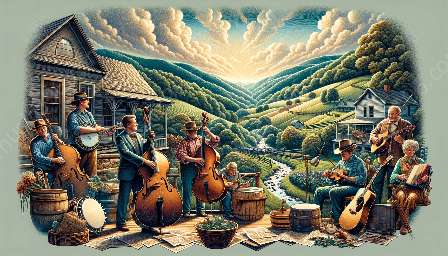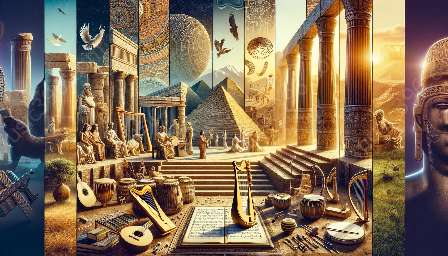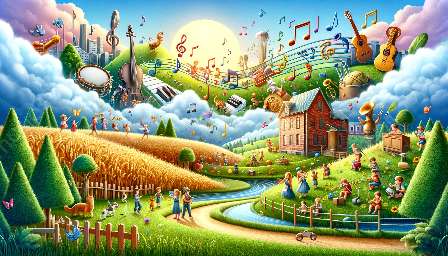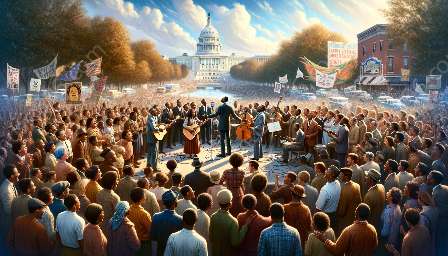Music has always held a significant place in human society, and the Medieval period was no exception. During this era, the roles and status of musicians and composers were defined by a complex interplay of social, cultural, and religious influences, shaping the course of music history.
Social Dynamics
In the Medieval period, musicians and composers occupied various social positions, ranging from itinerant minstrels to court musicians. The status of musicians varied greatly depending on their patrons and audience, with some achieving considerable prestige and influence.
Court musicians, in particular, held esteemed positions, composing and performing music for royalty and nobility. These musicians benefited from the patronage of the ruling class, which elevated their social standing and provided them with financial security.
Conversely, itinerant musicians often faced more precarious circumstances, traveling from town to town and relying on the generosity of their audiences for sustenance. Despite these challenges, they played an integral role in disseminating musical traditions and entertaining diverse communities.
Cultural Impact
Medieval music was deeply intertwined with cultural practices and traditions, reflecting the values and beliefs of the society in which it was created. Musicians and composers played a vital role in preserving and transmitting cultural heritage through their compositions and performances.
Religious music, in particular, held significant cultural importance during the Medieval period. Composers, such as Hildegard of Bingen, contributed to the development of sacred music, crafting compositions that enriched the spiritual experiences of the faithful. Monastic choirs and cathedral musicians also upheld the tradition of sacred music, contributing to the vast repertoire of medieval religious compositions.
Beyond religious music, secular compositions reflected the vibrant tapestry of medieval cultural life. Troubadours and trouvères, for instance, composed lyrical poems set to music, celebrating themes of courtly love, chivalry, and chivalric romance. This form of vernacular music captivated audiences and left a lasting imprint on medieval cultural expression.
Religious Influence
Religion wielded considerable influence over the roles and status of musicians and composers in the Medieval period. The church served as a prominent patron of music, nurturing the development of sacred compositions and fostering the talents of musicians within monastic and ecclesiastical settings.
Furthermore, the church shaped musical practices and standards, dictating the use of particular modes and melodies that aligned with religious observances. Gregorian chant, for example, represented a fundamental component of liturgical music, providing a framework for musical expression within the context of religious worship.
Religious institutions also provided opportunities for musical education and training, cultivating a cadre of skilled musicians and composers who contributed to the rich tapestry of medieval musical expression.
Legacy in Music History
The roles and status of musicians and composers in the Medieval period have left an enduring legacy in the history of music. Their contributions have not only enriched the cultural and artistic landscape of the time but have also laid the foundations for subsequent musical developments.
The reverence for sacred music, the traditions of courtly compositions, and the resilience of itinerant musicians have all left indelible marks on the evolution of musical styles and genres. The enduring influence of medieval music can be heard in the polyphonic works of the Renaissance, the operatic masterpieces of the Baroque era, and the symphonic compositions of the Classical and Romantic periods.
Understanding the roles and status of musicians and composers in the Medieval period provides invaluable insights into the social, cultural, and religious forces that shaped the course of music history. Their collective contributions continue to inspire and resonate with audiences across the ages.


